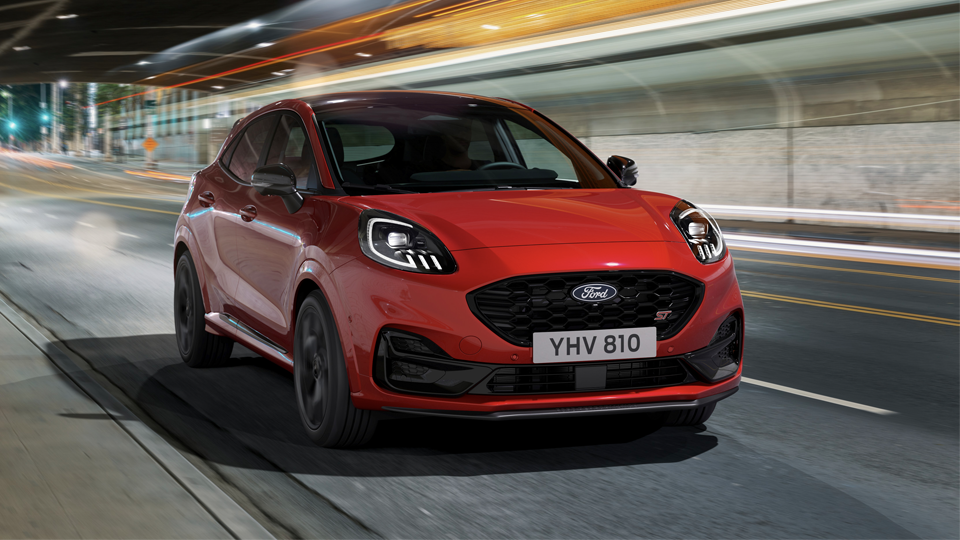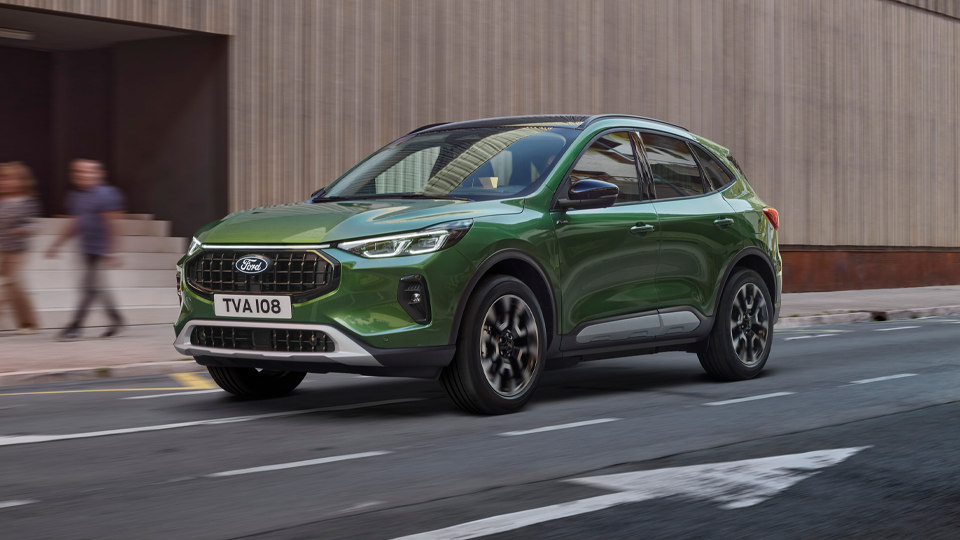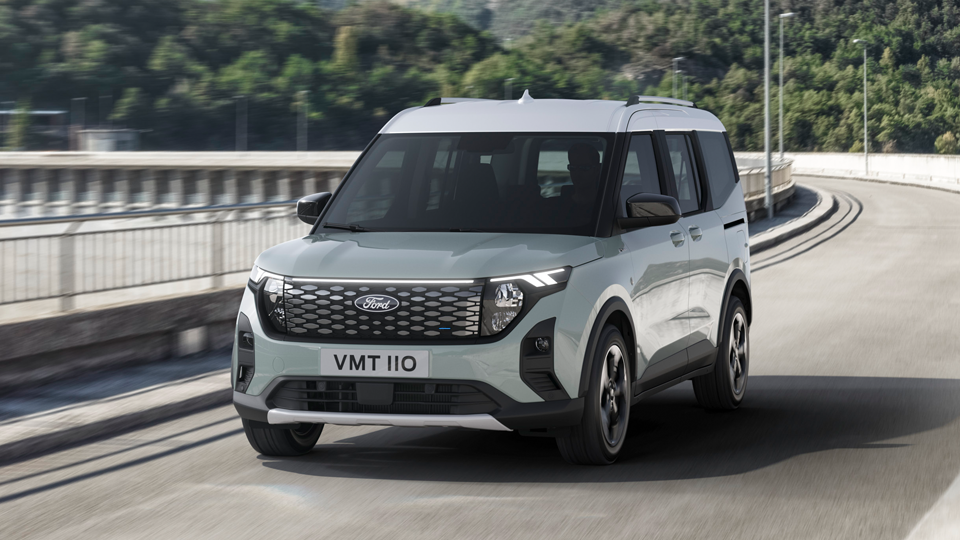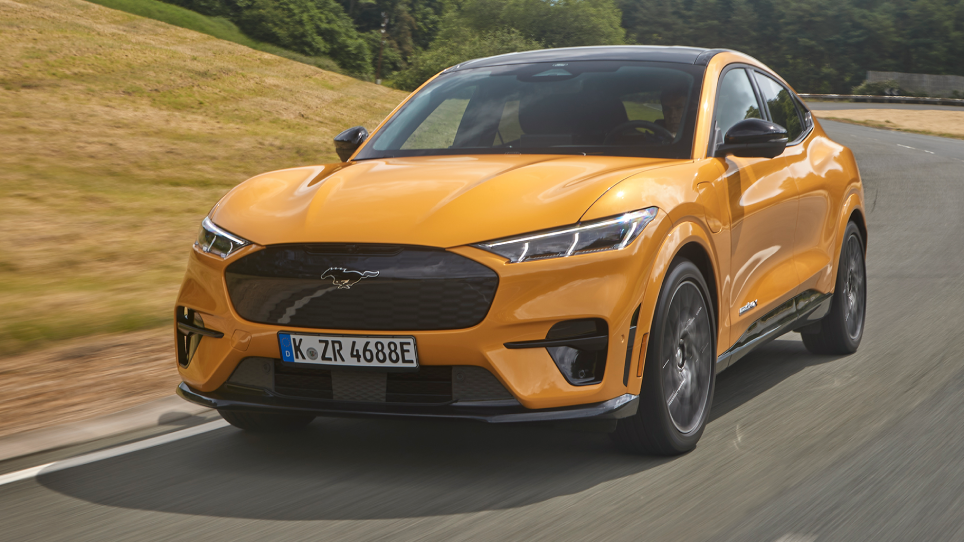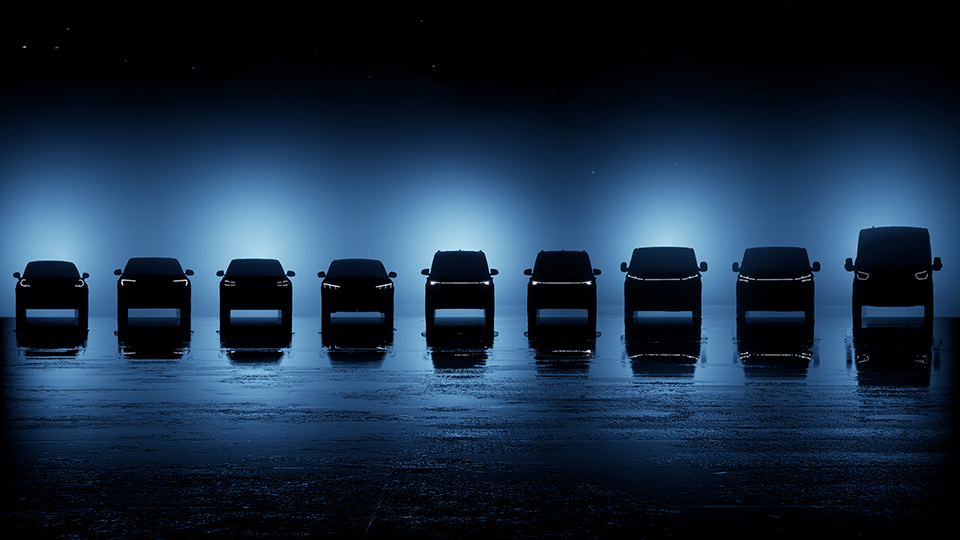Ford UK New and Used Ford Cars, Prices & Reviews
Ford is one of the oldest and the biggest car manufacturers in the world. Today, Ford’s diverse UK line-up includes electric cars, SUVs, hatchbacks, vans and more.
Popular Ford models
Ford Kuga
Ford Puma
Ford Focus
Browse and compare all Ford models
Ford Puma
Ford Tourneo Courier
Ford Focus
Ford Focus Estate
Ford Puma Gen-E
Ford Kuga
Ford Puma ST
Ford Tourneo Connect
Ford Grand Tourneo Connect
Ford Focus ST
Ford S-Max
Ford Focus ST Estate
Ford Capri
Ford Mustang Mach-E
Ford Galaxy
Ford S-Max Vignale
Ford Explorer
Ford Mustang
Ford Mustang Convertible
Ford Mondeo Estate
Ford B-Max
Ford Fiesta
Ford Mondeo
Ford C-Max
Ford Fiesta Active
Ford EcoSport
Ford Fiesta ST
Ford Grand C-Max
Ford Fiesta Vignale
Ford Focus Active
Ford Focus Vignale
Ford Focus Vignale Estate
Ford Mondeo Vignale
Ford Mondeo Vignale Estate
Ford Focus RS
Ford Edge
Ford Edge Vignale
How buying a Ford through Carwow works
Get unbiased opinions
Read our expert reviews team’s opinion of every Ford car to help guide you to the perfect model for you.
Make your choice
Select your Ford and configure the perfect model to suit your needs.
Receive offers
Sit back and wait for our network of trusted dealers to get back to you with a great offer on your new Ford.
About Ford
Ford was founded way back in 1903 by Henry Ford, making it one of the oldest car makers in the world. Pioneering assembly line methods allowed Ford to make cars quickly and cheaply, contributing to the company’s early success.
Today, Ford is the sixth largest manufacturer globally, building cars all over the world. From humble hatchbacks to high-riding SUVs, Ford covers most bases in its diverse range.
Many of the current line-up are either fully electric or hybrid, as Ford prepares for a future without the internal combustion engine. There are still some models with strong ties to Ford’s heritage, though, including the Mustang sports car. Most of the Ford range is well worth a place on your shopping list.
Ford also sells a range of vans, under the iconic Transit range. The full-sized Transit, mid-sized Transit Custom and small Transit Connect and Transit Courier are all among the best vans you can buy, and there are all-electric versions too - the E-Transit, E-Transit Custom and E-Transit Courier.
What our car expert says
“Ford’s line-up is changing – and fast. There are now a handful of EVs in your local Ford showroom, and many more are on the way.”
Ford at a glance
Latest Ford news
Get a new, lease or used Ford with no hassle or haggling
New Ford cars
Used Ford cars
Lease a new Ford
Sell your car for what it's really worth
The free, easy way to get 5,500+ dealers all over the UK bidding on your car
Ford cars by type
All brands available on Carwow
-
Abarth
-
Alfa Romeo
-
Alpine
-
Audi
-
BMW
-
BYD
-
Citroen
-
Cupra
-
Dacia
-
DS
-
Fiat
-
Ford
-
Genesis
-
Honda
-
Hyundai
-
INEOS
-
Jaecoo
-
Jeep
-
KGM Motors
-
Kia
-
Land Rover
-
Leapmotor
-
Lexus
-
Lotus
-
Mazda
-
Mercedes-Benz
-
MG
-
MINI
-
Nissan
-
OMODA
-
GWM Ora
-
Peugeot
-
Polestar
-
Renault
-
SEAT
-
Skoda
-
Smart
-
Subaru
-
Suzuki
-
Tesla
-
Toyota
-
Vauxhall
-
Volkswagen
-
Volvo
